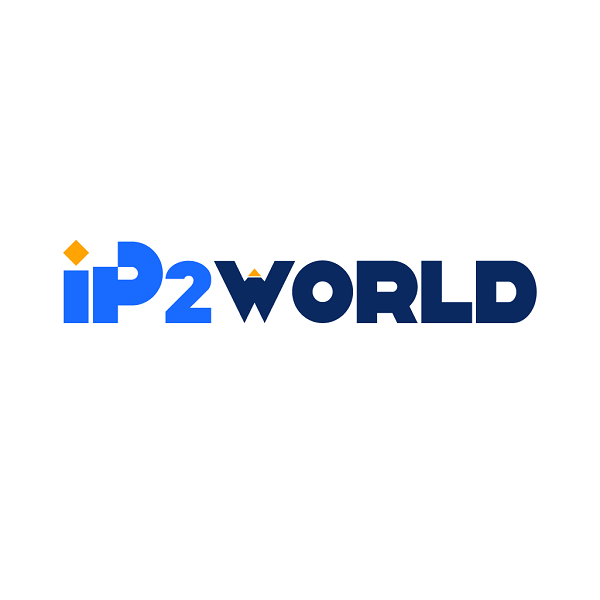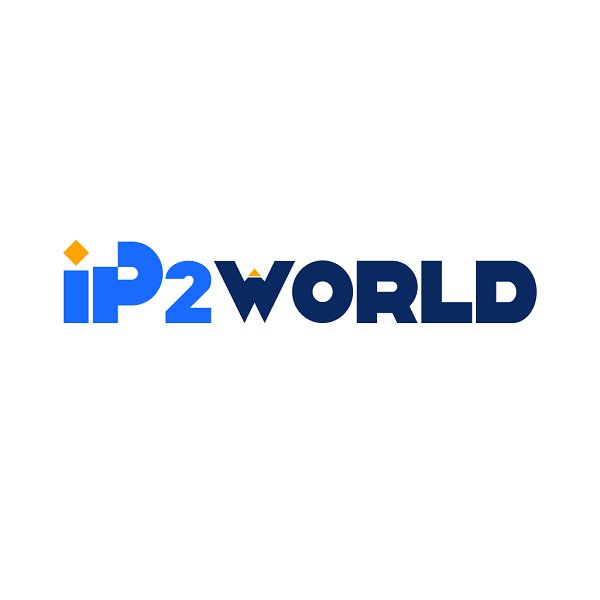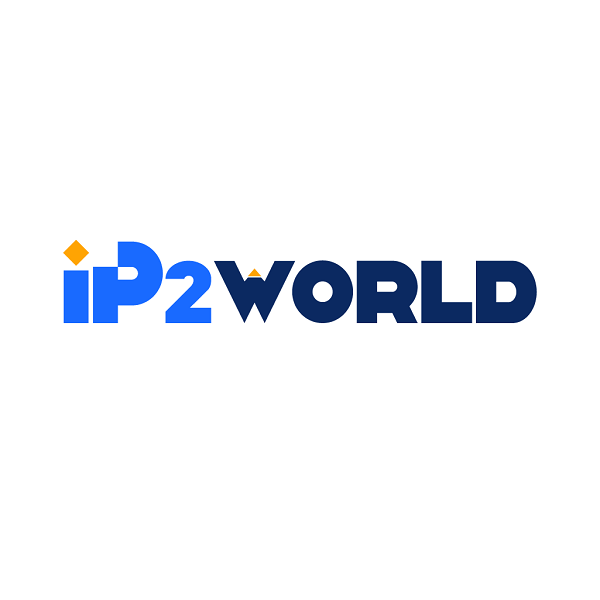In today's Internet era, the use of proxy servers has become more and more common. Whether it is to protect privacy, bypass geographical restrictions, or increase network access speed, proxy servers can provide effective solutions. However, for many users, how to correctly fill in the proxy server IP and port information is still a problem. This article will delve into the basic concepts of proxy servers and how to correctly configure proxy settings in different devices and applications, especially how to fill in IP and port.1. Understand the basic concepts of proxy serversA proxy server is an intermediary that sits between the user and the target server and is responsible for forwarding the user's request and returning a response. Through a proxy, users can hide their real IP address, bypass geographical restrictions, and access specific websites or services. Proxy servers can be divided into many types, including HTTP proxy, HTTPS proxy, and SOCKS proxy, each of which has its specific uses and advantages.1. HTTP proxyHTTP proxy is mainly used to process HTTP protocol requests, suitable for browsing web pages and downloading files. It can cache web pages and increase access speed.2. HTTPS proxyHTTPS proxy is used for secure HTTPS requests, which can encrypt the communication between users and the target server and protect user privacy.3. SOCKS proxySOCKS proxy is a general proxy that can handle any type of network traffic and is suitable for scenarios that require greater flexibility, such as P2P downloads or online games.2. Definition of proxy server IP and portWhen using a proxy server, users need to fill in two important pieces of information: IP address and port number.- IP address: This is the network address of the proxy server, through which users connect to the proxy server. Each proxy server has a unique IP address.- Port number: The port number is a number used to identify a specific service. Different types of proxy services may use different port numbers. For example, HTTP proxies usually use port 80, while HTTPS proxies use port 443.3. How to fill in the IP and port of the proxy serverWhen configuring a proxy server, users need to fill in the corresponding IP address and port number according to the device and application used. The following are configuration methods for several common devices and applications.1. Configure a proxy in Windows systemThe steps to configure a proxy in Windows operating system are as follows:- Open "Settings" and select "Network & Internet".- Click the "Proxy" option.- In the "Manual proxy settings" section, turn on the "Use proxy server" switch.- Enter the IP address and port number of the proxy server.- Click "Save" to complete the settings.2. Configure a proxy in macOS systemFor macOS users, the steps to configure a proxy are as follows:- Open "System Preferences" and select "Network".- Select the currently connected network and click "Advanced".- Go to the "Proxy" tab.- Select the proxy type as needed and enter the IP address and port number.- Click "OK" to save the settings.3. Configure a proxy in an iOS deviceTo configure a proxy on an iOS device, follow these steps:- Open the Settings app and select Wi-Fi.- Tap a connected network.- Scroll to the HTTP Proxy section and select Manual.- Enter the proxy's IP address and port number.- Tap Save to apply the settings.4. Configure a proxy in an Android deviceFor Android users, the steps to configure a proxy are as follows:- Open Settings and select Network & Internet.- Tap Wi-Fi and select a connected network.- Scroll to the Advanced section and find the Proxy option.- Select Manual and enter the proxy's IP address and port number.- Tap Save to complete the settings.5. Configure a proxy in a browserMany browsers also allow users to configure proxies directly in the settings, such as Chrome or Firefox. Users can find the Network or Proxy option in the browser's settings and enter the corresponding IP address and port number.4. Choose the right proxy serviceChoosing a reliable proxy service is the key to ensuring smooth network access. As a well-known proxy service provider, IP2world provides various types of proxy services, including HTTP, HTTPS and SOCKS proxies. Users can choose the service that suits them according to their needs.1. High speed and stabilityIP2world's proxy service is known for its high speed and stability, which can meet the various needs of users, whether it is browsing the web or downloading large files.2. Multiple choicesIP2world provides IP addresses in various regions. Users can choose proxies in the United States, Europe or other regions as needed to easily achieve global access.3. SecurityIP2world pays attention to user privacy protection. All proxy connections are encrypted to ensure user data security.5. FAQ1. How to test whether the proxy is configured successfully?Users can test whether the proxy is configured successfully by visiting some websites that are limited to specific regions or using IP search tools. If you can access it smoothly, it means that the proxy settings are correct.2. What should I do if the proxy cannot connect?If the proxy cannot connect, users can check the following points:- Confirm that the IP address and port number are filled in correctly.- Check whether the network connection is normal.- Try to change other proxy servers.3. Can the proxy settings be changed at any time?Yes, users can change the proxy settings at any time as needed. Just follow the steps mentioned above and update the IP address and port number.6. SummaryCorrectly filling in the IP and port information of the proxy server is the basis for ensuring smooth network access. By understanding the basic concepts of proxy servers and how to configure proxies on different devices, users can easily achieve efficient network access. Choosing a reliable proxy service provider such as IP2world will provide users with a better user experience and help users unimpeded in the digital world. I hope this article can provide you with valuable reference and help when configuring a proxy.
2024-11-21





